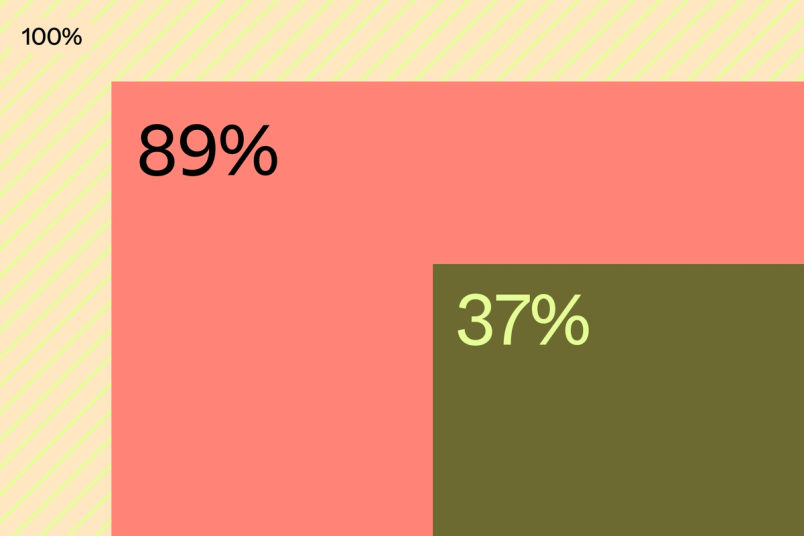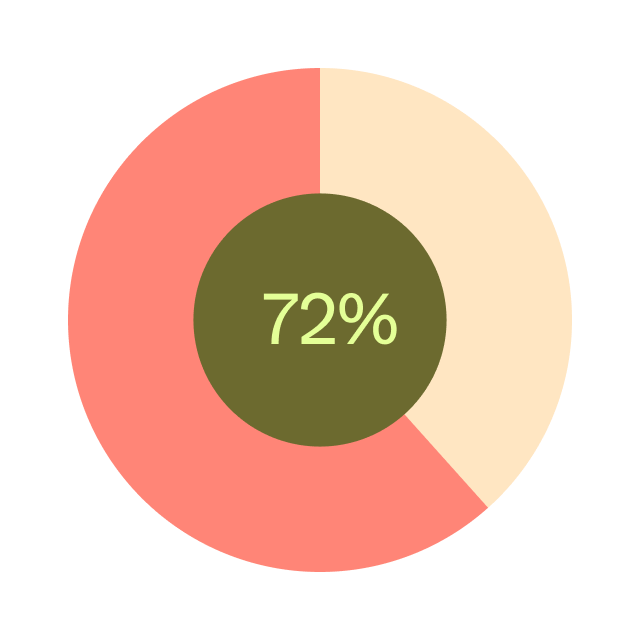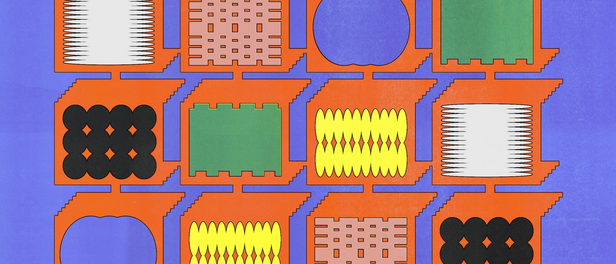
What do designers, developers, and executives really think about the promise of AI? Our new survey aims to find out.
Generative AI has been compared to the internet, electricity, and even fire. Despite these seismic expectations, most teams working on AI-powered products and features say that their innovations aren’t yet breaking new ground. This may owe to the fact that while developers are at the forefront of this technology, it’s designers who are trying to keep pace translating the capability into intuitive, useful experiences.
In other words, the extent of AI's transformative potential may come down to how it’s designed.
Our methodology
Figma surveyed 1,800+ Figma users—a mix of designers, executives, and developers—between February 26th and March 3rd, 2024 across seven countries (US, CA, AUS, UK, JP, FR, DE).
These are a few of the findings from a recent survey of 1,800 Figma users across seven countries. It reveals that generative AI may be following a similar path to smartphones, the web, and even personal computers before it: As a new general-purpose technology becomes available and finds a foothold, a lot of effort goes into making it more intuitive and useful in our daily lives. This is the job of design.

Watch Duolingo’s Zan Gilani and Designing With AI’s Mia Blume discuss the coming wave of AI and what it means for design.
Lofty ambitions may lead to AI “feature fatigue”
Generative artificial intelligence (AI) is artificial intelligence capable of generating text, images or other data using generative models, often in response to prompts.
According to the survey, expectations are high for what generative AI will be able to do in the near future. Eighty-nine percent of respondents say AI will have at least some impact on their company’s products and services in the next 12 months; 37% say the impact will be “significant or transformative.” The executives overseeing company decision-making are even more bullish and much more likely to see AI as “important to company goals.”

But this kind of thinking presents its own risk. Our survey suggests AI is largely in the experimental phase of development, with 72% of those who have built AI into products saying it plays a minor or non-essential role. Perhaps as a result, most respondents feel it’s too soon to tell if AI is making an impact. Just one third of those surveyed reported improvements to metrics like revenue, costs, or market share because of AI, and fewer than one third say they’re proud of what they shipped.

AI’s role in products
72% of those who have added AI into products say it plays a minor or non-essential role.

The quality of AI features
Fewer than one third of respondents say they’re proud of what they’ve shipped.
Users may not be completely sold either. Across dozens of user interviews and months of analysis, Figma researchers have found an emerging indifference to “yet another AI feature”—or what could be called “AI feature fatigue.” Even among those building products or features that include AI, more than 20% say not solving a user need or problem is a top challenge; this is especially true among designers working on these products.
At the same time, fewer than 50% of respondents working on AI products and features have actually shipped anything. This suggests that there is a wave of AI to come, which begs the question: Will all these teams and companies run headlong into a marketplace tired of AI?
Will good design make AI more useful?
According to our survey, the prospects for AI adoption and usefulness look dim if organizations simply add novelty AI features to their products and declare the job done. In fact, one third of survey respondents chose “incorporating AI features coherently into existing products” as a top concern out of a list of 11 challenges, suggesting that finding ways to truly improve product experiences with AI remains a priority.
How much AI is actually being shipped?
Fewer than 50% of respondents working on AI products and features have actually shipped anything.
When ChatGPT took off in November 2022, it was using capabilities that had already been available. Still, OpenAI saw immediate, broad adoption through a fairly simple improvement to the design of the user experience. As OpenAI researcher Jan Leike put it in MIT Technology Review: “The same basic models had been available on the API for almost a year before ChatGPT came out. In another sense, we made it more aligned with what humans want to do with it. It talks to you in dialogue, it’s easily accessible in a chat interface, it tries to be helpful.” If incorporating a design improvement as simple as a chat interface was that impactful, one can easily see the potential in even more use cases brought to life through well-designed user experiences.
There’s a need to meet users where they are, helping them understand the tools available to them...or use cases where they can benefit [from AI].
Teams working on AI products will need to think through user flows and interactions that span across text, image, and animation—asking questions like: How sure is the system? How would the user feel about seeing a particular kind of suggestion? Why might a particular option be a good one? In other words, how will the experience be designed?

How do you build AI features people want and trust? Product Managers at Figma, Duolingo, Asana, and LinkedIn share their tips.
They’ll need to work through these questions even as they have questions about AI itself. The top challenge that respondents listed was assessing the quality of AI’s output, followed by security or data concerns. Many respondents expanded on their answers in comments and voiced the steep learning curve required when working with a new technology. As one respondent put it: “It’s hard to stay on top of the wave when you’re surfing a tsunami.”
It’s hard to stay on top of the wave when you’re surfing a tsunami.
Even with these questions, there are signs companies are putting more resources into AI design. This includes hiring designers to focus exclusively on AI efforts. Organizations like the New York Times, Walmart, and the Wall Street Journal—not traditional tech companies—have posted roles with titles like Senior Design Editor, AI Initiatives, and Senior UX Designer specializing in AI for the Walmart Developer Platform.
What’s next?
Loads of hype, high demand, and uneven usefulness: That’s how mobile apps got started, too. Years later, the impact is clearly transformational. If one of the ways companies were able to differentiate themselves during the mobile era was through delivering well-designed products and features, then perhaps product builders need to prepare for the long game. As the futurist Roy Amara put it: “People tend to overestimate the short-term impact of new technologies while underestimating their long-term effects.” Solving user needs and making the technology more useful is more than a means to an end; it’s likely the only way forward.
People tend to overestimate the short-term impact of new technologies while underestimating their long-term effects.

Watch Duolingo’s Zan Gilani and Designing With AI’s Mia Blume discuss the coming wave of AI and what it means for design.
Stay tuned for part two of our series exploring the findings in our AI + Design survey.

Andrew Hogan leads Insights at Figma. His research focuses on the digital product and design industry and the ways the most successful teams work. Previously, Andrew spent seven years at Forrester, a leading research firm, analyzing the intersection of design and tech.
Related articles




